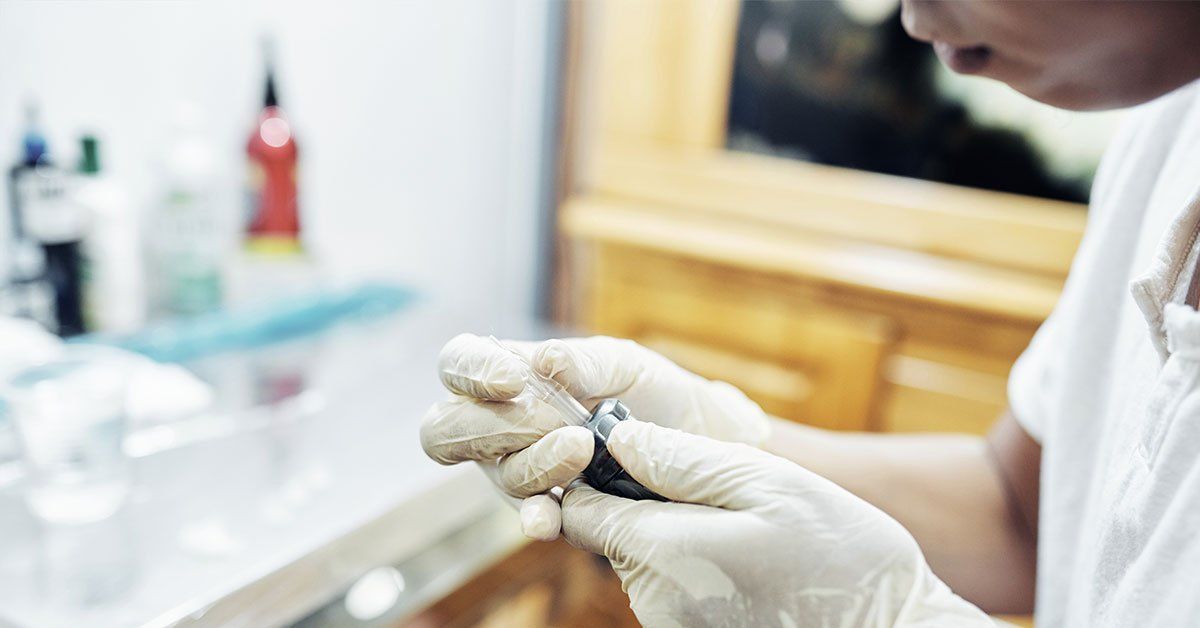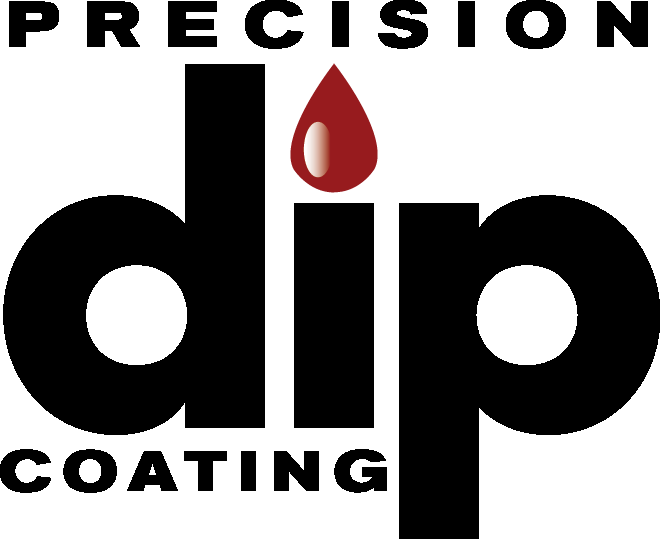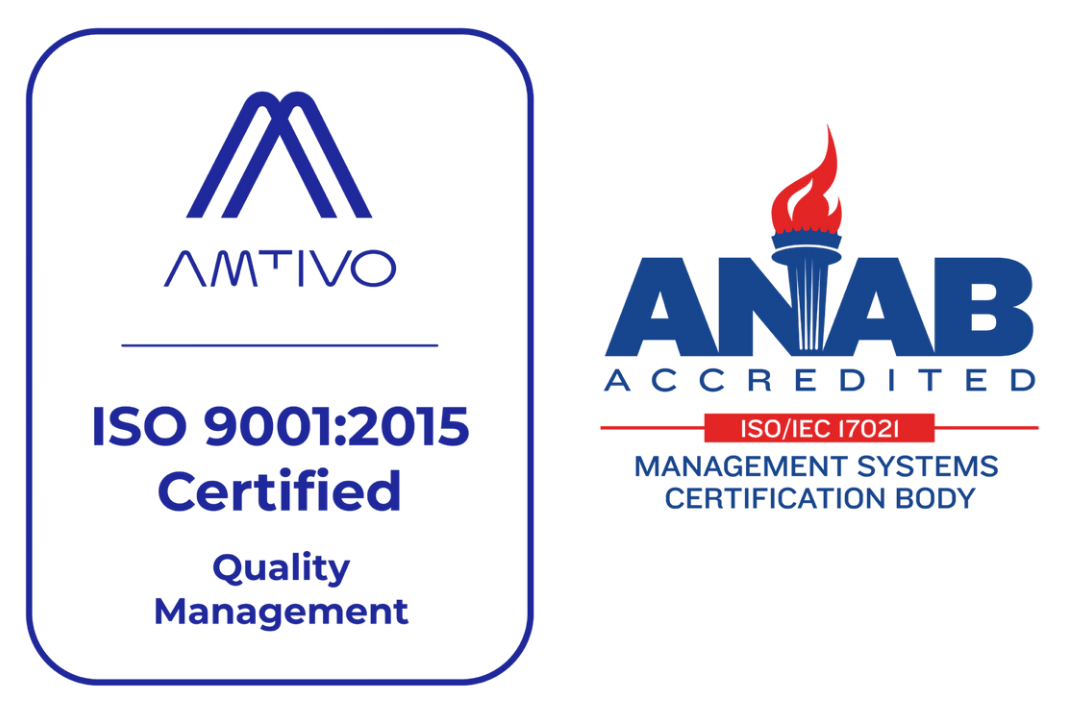Plastisol Ink vs. Water-Based Ink: Which Is Right for My Project?

If you are planning a screen-printing project, you may be weighing your options between more traditional plastisol-based inks and newer, water-based inks. Both types of inks can produce attractive, long-lasting results, but one or the other may be more suitable for specific projects and under certain conditions. Here are some guidelines to help you choose.
What Is Plastisol Ink?
The most commonly used ink for screen-printing, plastisol ink is a mixture of polyvinyl chloride (PVC) and plasticizers which make it more flexible and give it an almost rubbery feel. Once it is heat-cured, it is extremely durable and can be made in virtually any color, plus special styles such as glitter, metallic, and glow-in-the-dark. While some people are concerned about phthalates that are in some plastisols, phthalate-free plastisol ink formulations are available.
What Is Water-Based Ink?
Water-based ink works in much the same way, using water-based solvents instead of plastic-based ones. These inks do still have some plastic content such as acrylics and binders. Water-based inks are also available in nearly any color, and can include the same special looks such as glitter and metallics. They must also be heat cured.
Benefits of Plastisol Ink
- Longer-lasting bright colors
- Forms an added layer on fabric
- Less likely to fade
- More effective on darker fabrics
- Completely opaque
- Better color accuracy
- Can be used on a wider variety of materials
- Shorter preparation and curing time, meaning faster production
- Usually less expensive
- Generally easier to use
- Requires no special care
Benefits of Water-Based Ink
- Provides softer, lived-in feel sooner
- Absorbed by fabric
- Can be a little more environmentally friendly
- More breathable
- Work best on 100% cotton because the ink must be absorbed
Ultimately, your decision will depend on the nature of your project and which type of ink will work best for it, for your workers, and with your equipment.
At Precision Dip Coating, we have decades of experience working with plastisol and many other plastic materials for dip and spray coating.
Contact us today to learn more about putting our capabilities to work for you.







